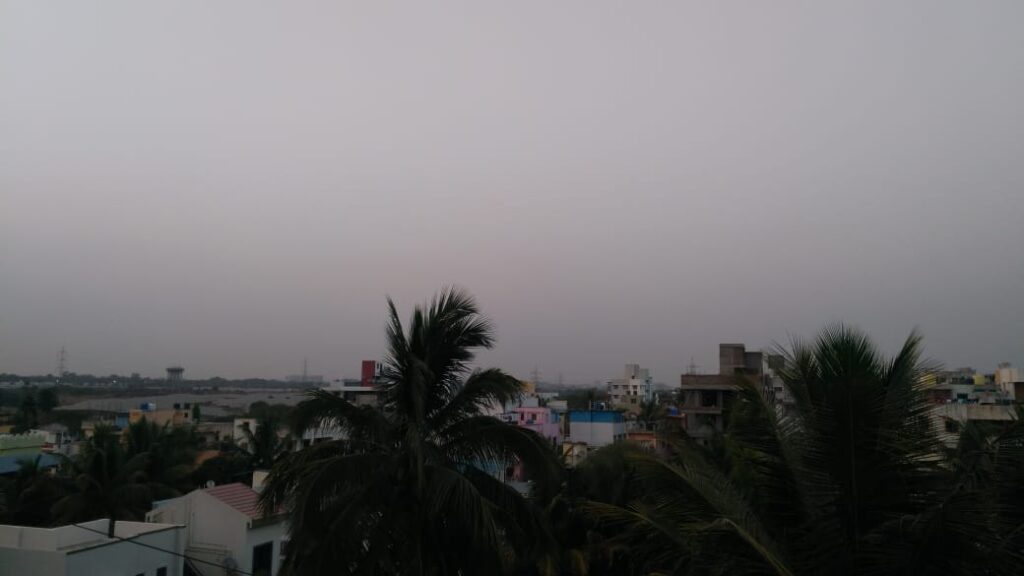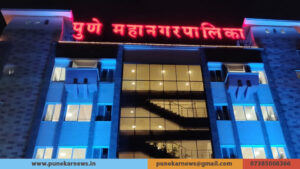Pune: Increase in Torrential Rains in Pune Attributed to Climate Change and Weak Monsoons

Pune, 26th June 2024: Cloudburst-like rains have increased across the country due to the local environment, weak monsoon rains, and climate change. Meteorologists note a rise in heavy rainfall over short periods in big cities, which are warming rapidly due to urbanization and high-rise buildings.
Dr. Medha Khole, head of Climate Research & Services in Pune, stated that both Maharashtra and the country have experienced heavy rains during the pre-monsoon period, the northward movement of the monsoon, and the monsoon retreat. This rain tends to fall over very localized areas, within a few kilometers. Recently, the Chinchwad area experienced such cloudburst-like rain. While overall monsoon rainfall is weak, high water vapor content in the air causes local warming, leading to the formation of clouds that result in sudden heavy rainfall. As monsoon activity increases, such incidents are expected to decrease.
Dr. Anupam Kashyapi, a retired scientist from the India Meteorological Department (IMD), commented that global climate change, deforestation, increasing urbanization, dense populations, and rising pollution have all contributed to the increase in cloudburst-like rain events. These events, often covering a radius of four to five kilometers, have become more frequent due to the lack of consistent monsoon rains.
Rainfall in specific areas of a village or city is due to the convective action of the local atmosphere, influenced by the geographical structure and the sun’s heat. This heat causes the land to evaporate water, which rises and condenses into rain at higher altitudes. This convective action results in cloudburst or cloudburst-like rain. Often, vapors from the sea mix with local vapors, linking local heavy rains to both atmospheric and sea energy, explained Manikrao Khule, a retired IMD scientist.
When Does Torrential Rain Occur?
– During the pre-monsoon season from March to May.
– In September and October, after the monsoon rains begin to retreat.
– During the arrival and immediate cessation of monsoon rains.
A cumulonimbus cloud is considered a cloudburst if it produces more than 100 mm of rain within one hour from clouds located one to two and a half kilometers above ground level.
Changes in rainfall patterns cannot be concluded immediately. A continuous change in rainfall patterns is a characteristic of the Indian subcontinent’s monsoons. Only after 30 to 40 years of continuous observation can a change in monsoon rainfall patterns be confirmed, according to Dr. Medha Khole, Head of the Department of Climate Research & Services.





